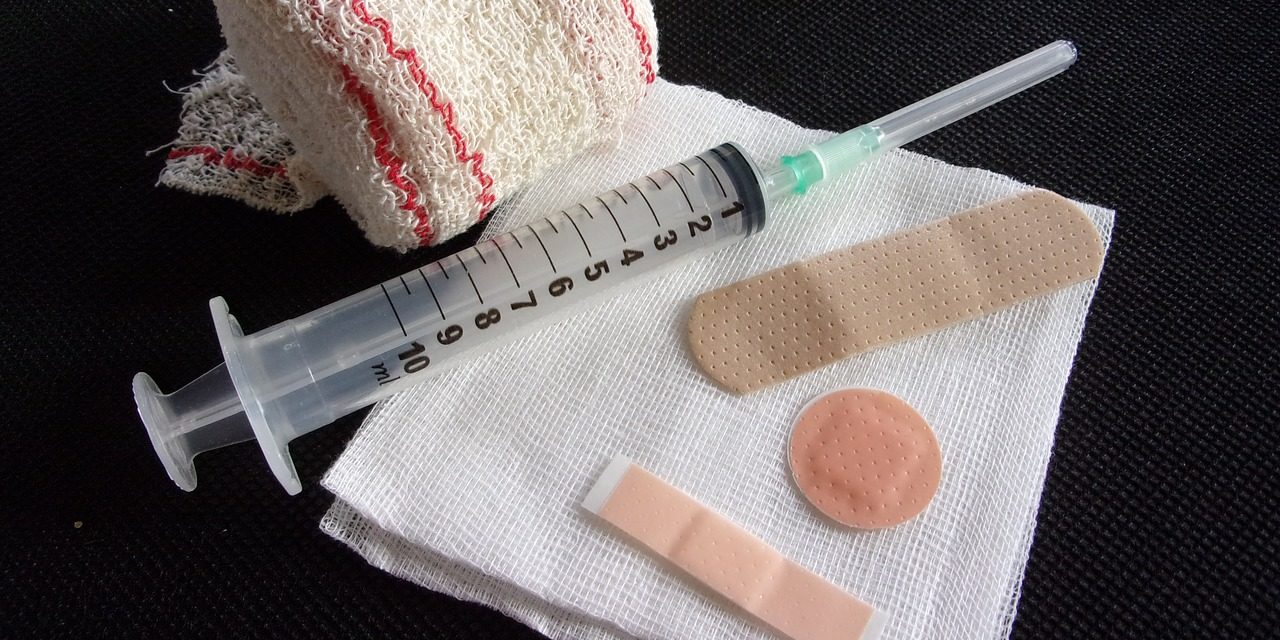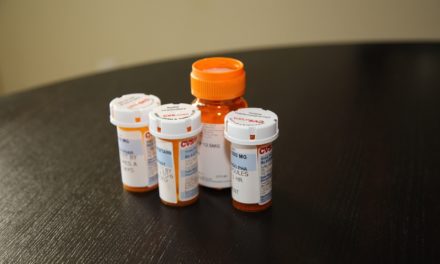Mere mention of the word vaccination can trigger a heated debate in some circles about the pros, cons and myths. But vaccines have been critical in preventing disease outbreaks.
With flu season underway, the personal-finance website WalletHub today released its report on 2019’s States that Vaccinate the most.
In order to find out which states vaccinate most, WalletHub analyzed the 50 states and the District of Columbia across 18 key metrics, ranging from share of vaccinated children to share of people without health insurance to presence of reported measles outbreaks.
Here is a snapshot of the Vaccination picture in California (1=Best; 25=Average.)
- 28th – Influenza Vaccination Rate in Children Aged 6 Months to 17 Years Old
- 24th – Share of Teenagers aged 13-17 Years Old with Up-To-Date HPV Vaccination
- 26th – Share of Teenagers aged 13-17 Years Old with Men ACWY Vaccination
- 40th – Flu Vaccination Coverage Rate Among Adults
- 24th – Share of Adults with Tetanus Vaccination
- 15th – Share of Adults Aged 60 Years and Older with Zoster Vaccination
- 51st – Share of Children 19-35 Months old Living in Poverty with Combined 7-Vaccine Series
- 32nd – Share of Civilian Noninstitutionalized Population without Health Insurance Coverage
- 43rd – Share of Children Under 6 Years Old Participating in an Immunization Information System
The states with the best vaccination rates can be found in this video.
Vaccinations are considered some of the most valuable contributions to modern medicine. They have drastically reduced the prevalence of certain diseases, including polio, tetanus, measles and chicken pox. One disease, smallpox, has even been eradicated completely, with no natural cases since 1977, according to WalletHub.
The World Health Organization (WHO) estimates that vaccines prevented at least 10 million deaths worldwide just between the years of 2010 and 2015. A similar study by the Centers for Disease Control and Prevention (CDC) found vaccines prevented 732,000 deaths in the U.S. between 1994 and 2013, as well as eliminated $1.38 trillion in total societal costs that those diseases would have caused. Vaccines are also very safe, and according to the WHO, “so few deaths can plausibly be attributed to vaccines that it is hard to assess the risk statistically.”
Some states are better than others when it comes to vaccinating. In order to see where people are most responsible about getting vaccines, WalletHub examined the 50 states and the District of Columbia across 18 key categories. Its data set ranges from share of vaccinated children to share of people without health insurance to presence of reported measles outbreaks.
For the full vaccination report, please click here.
Image Sources
- Vaccinations: Image by colibri5 from Pixabay







